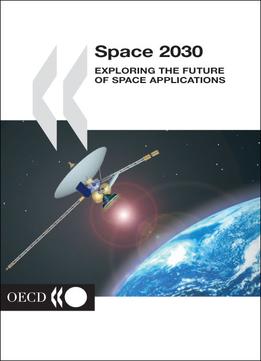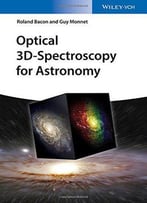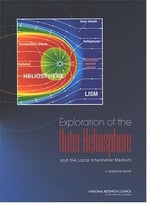
Space 2030: Exploring The Future Of Space Applications
by Oecd /
2004 / English / PDF
11 MB Download
Since the launching of Sputnik in 1957, media coverage of space has focused almost exclusively on spectacular missions such as the 1969 Apollo moon landing and the current Spirit exploration of Mars. But far less publicized advances in space technologies have led to the development of sophisticated military and civil space assets —that provide a growing number of services, ranging from communication, remote sensing, and earth observation to navigation and locationbased programs. While military space assets have gained strategic prominence in the arsenals of space-faring nations, the services provided by civil space assets have a growing impact on our daily lives. What does the future hold for the space sector? What applications are most likely to become successful? Using a scenario-based approach, Space 2030 explores the evolution of major components of the space sector (military space, civil space, and commercial space) over the next thirty years. The report takes into account four major factors of change: geopolitical developments, socioeconomic developments, energy and the environment, and technology. It assesses the prospects of a number of applications, based on anticipated advancement in microelectronics, nanotechnology, and robotics, as well as space-related technologies.











